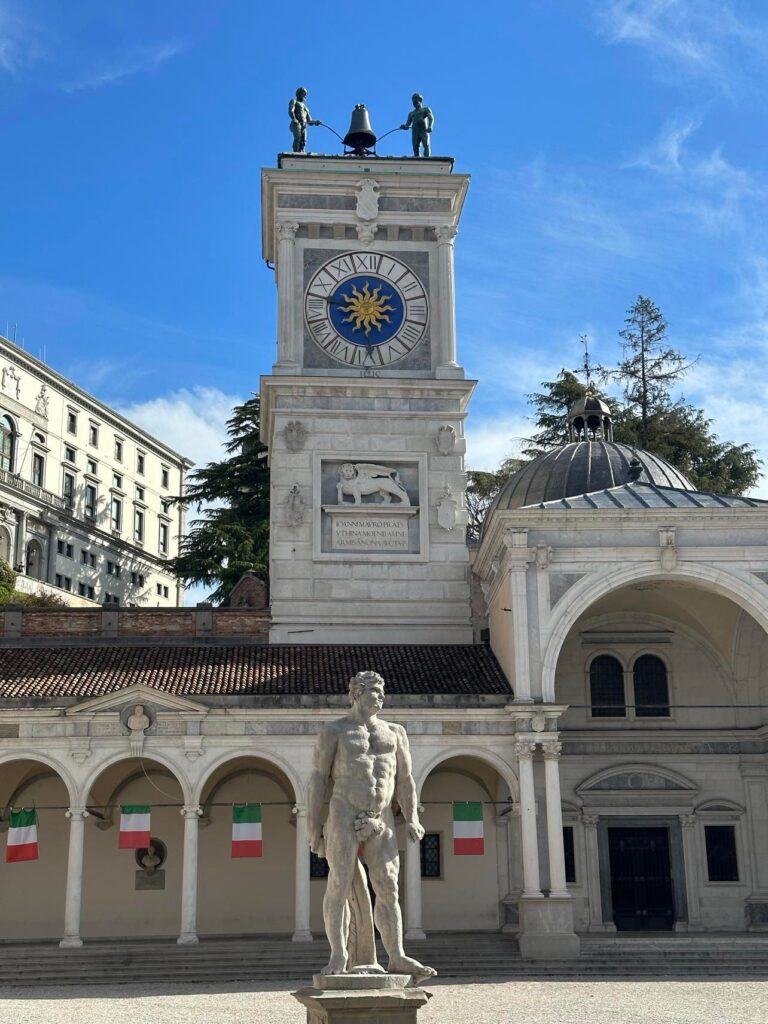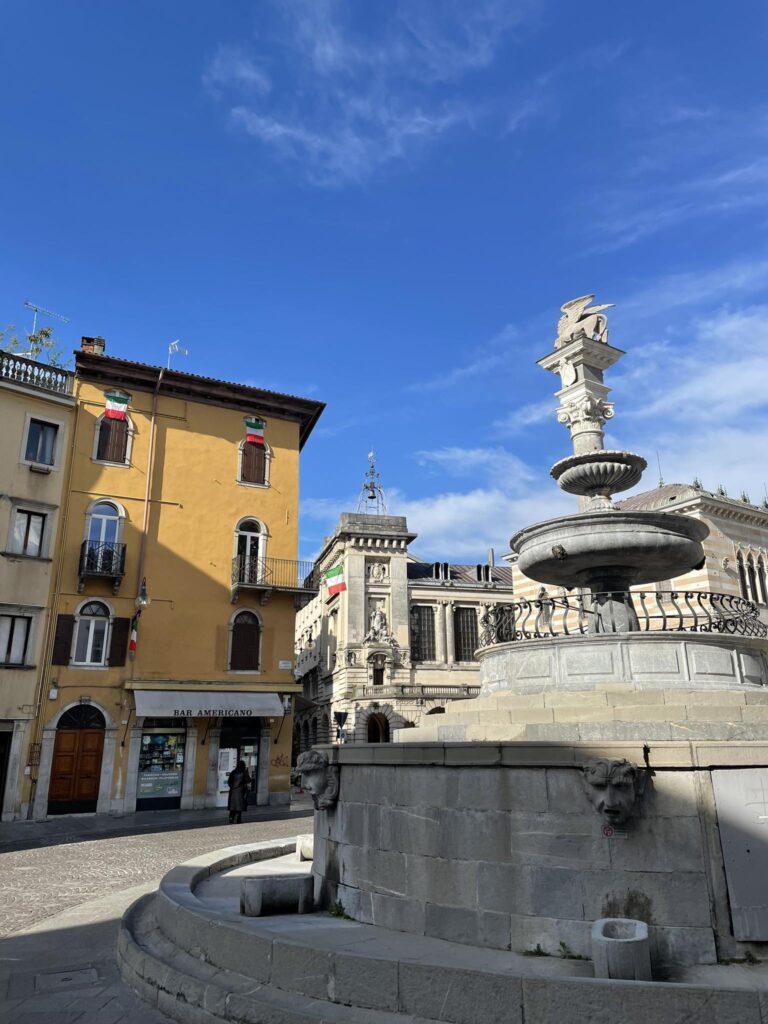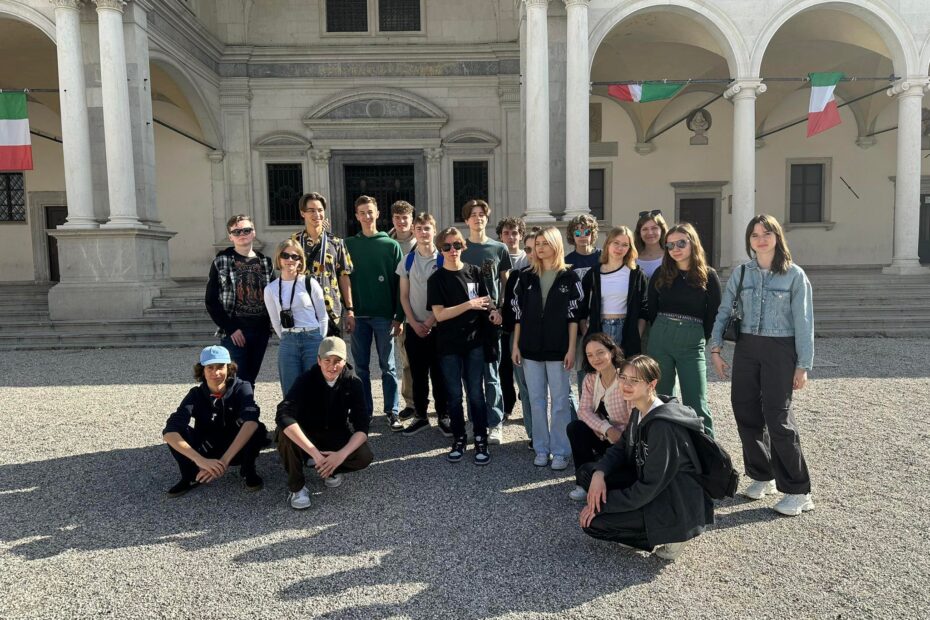History
Piazza della Libertà is the central square in the city of Udine, located in northeastern Italy. The history of this square dates back to the 16th century, when there was a market where grain and wine, among other things, were traded. In the 18th century, the square was redesigned by architect Domenico Rossi, who designed new buildings and laid new paving stones.
As the city grew, Piazza della Libertà became the site of many important events, such as fairs, festivals and political demonstrations. In 1866, when Udine became part of the Kingdom of Italy, the square was renamed Piazza Vittorio Emanuele II, in honor of Italy’s first king.
During World War II, Piazza della Libertà was significantly damaged by bombing, but after the war it was rebuilt and restored, becoming one of the city’s most important sites.

Culture
Today, the square is a popular meeting place for Udine residents and tourists, and serves as a stage for various cultural events such as concerts, festivals and exhibitions.
The piazza is also home to numerous cafes and restaurants, where you can sample local specialties and enjoy a beautiful view of the historic buildings and fountain. All in all, Piazza della Libertà is one of the most important places in Udine and the Friuli-Venezia Giulia region, which attracts tourists from all over the world and is an important cultural and social center.

Historic sites
Loggia del Lionello
The building was built in Gothic style in the 15th century and served as the city council. Today, the building is the seat of the city council and one of Udine’s most distinctive landmarks. The Loggia del Lionello is characterized by its beautifully decorated facade and clock tower, which is one of the most important landmarks in the city.

Loggia di San Giovanni
Loggia di San Giovanni is a historic building, it was built in the Renaissance style in the 16th century and originally served as the city’s town hall. In the 18th century, the building was rebuilt and turned into a church, and in the 19th century it was changed again to house the town hall. Today, the building is home to the Museum Civici di Udine, which displays collections related to the city’s history and culture. The Loggia di San Giovanni features a beautiful façade adorned with sculptures and columns, as well as an impressive bell tower that is one of the most important landmarks in the city center.
In front of the town hall is a statue of Hercules which were donated by Emperor Francis I. Their purpose was to commemorate the Campoformido peace treaty.

Fontana di Giovanni Carrara
The Fontana di Giovanni Carrara was designed by sculptor Carlo Lorenzetti in the 19th century and was dedicated to Giovanni Carrara, one of the most important cultural figures in the city’s history. The fountain consists of a massive marble pedestal with sculptures depicting figures from Greek mythology and the figure of Giovanni Carrara in ancient costume. Water flows from the pedestal, which feeds several streams, creating a picturesque landscape and the sound of a waterfall. The Fountain di Giovanni Carrara is one of Udine’s most important monuments and one of the most popular places to visit in the city.

